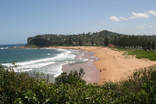‘…and he (Jacob) called the name of that place Bethel; but the name of that city had been Luz previously’ (Genesis 28:19)
0 Comments
That God’s plan for the specially created Planet that he made for a special people should also have a special place should not come as a surprise.
It is where the story of mankind began, where it culminated in the one called Yeshua and where it will be finalised. This special site became known in the Patriarchal narratives as HaMakom THE PLACE. The unecessary repetition of the term HaMakom in these narratives is clearly there to emphasise its uniqueness and 'special-ness.' Here is an excerpt from Professor Yoel Elitzur... 'Ha-makom in Genesis Once we understand the significance of “the place,” we can see that this keyword – ha-makom – is a keyword that is emphasized in the stories of the patriarchs in the book of Genesis as well. It appears in the story of the binding of Isaac and in Jacob’s Bethel narrative. The proof that the prominent role of the word ha-makom in these passages is no coincidence lies in the fact that often, the word is stressed in the Biblical text much more than what would be linguistically reasonable. That is to say, there are several instances in Genesis where the word ha-makom makes it difficult to understand the simple meaning of the verse. The Torah says: Jacob left Beer-sheba, and set out for Haran. He came upon that place (ba-makom) and stopped there for the night, for the sun had set. Taking one of the stones of that place (ha-makom), he put it under his head and lay down in that place (ba-makom). (Genesis 28:10-11) The word appears again shortly thereafter: “Surely the Lord is present in this place (ba-makom)… How awesome is this place (ha-makom)! This is none other than the abode of God, and that is the gateway to heaven” (28:16-17).' In my view this HaMakom is, THE PLACE--the Special Place is none other than Gihon Spring and the settlemet that grew around it. Read 'THE PLACE HaMakom; where Jerusalem'e temples stood' to get the full story of the vital importance of this site to the history of the people of God. The picture at Left is an artist’s impression of the Mount Moriah complex and the Gihon Spring as it would have appeared before any settlement there.
On the Right is an impression of development of a settlement around the spring with early walls built to guard the settlement and the vital water supply. The earliest record of settlement at Gihon is that of Salem where Melchizedek dwelt. Salem later became Jebus, whose occupants, the Jebus-ites (meaning ‘Downtreaders’) held it until David captured it and renamed it the City of David. The ancient site with its amazing spring called ‘Gushing Forth’ (Gihon) had also become known as HaMakom, The Place, because it was chosen by God as central to His plans for the people He would call His own. The Place features prominently in the Patriarchal stories of Abraham and Melchizedek, Isaac and Jacob. It was Jacob, who after his extraordinary dream/vision of angelic beings on a stairway between earth and heaven, called HaMakom ‘Beit-El’ or Bethel—House of God! This therefore is the true Bethel. Yes, this is where he was, as the repeated use (in fact deliberate over-use) of the term HaMakom in Genesis 28:10-22 appears to be for a specific purpose. The same applies to Abraham and Isaac’s visit there in Genesis 22. It becomes clear in the Hebrew record that it was chosen by God. David knew this fact when he took it—and that is exactly why he pitched a tent there, right at Gihon for the Ark of the covenant and the sacred objects. David’s son Solomon also knew this when he built the House of God (The Bethel) there, in Zion, above the Spring which provided the water for both the City of David and for the temple which was built there in Zion just above and to the west of Gihon. For an historic narrative and perspective on this strategic site read 'THE PLACE HAMAKOM; Where Jerusalem's temples stood' (or look elsewhere on this site) |
From Ian Heard Archives
June 2024
Jerusalem Temple
|
LocationBeautiful Newport Beach,
Sydney, AUSTRALIA |
Marilyn Sams - author of The Jerusalem Temple Mount Myth: Ian Heard’s book adds a unique ....aspect to the growing movement of people accepting the City of David location for the temples in Jerusalem. His perspective .....brings many insightful possibilities to the table. Especially moving are his heartfelt expressions of faith in and love for the prophets and the Savior of the world'. |
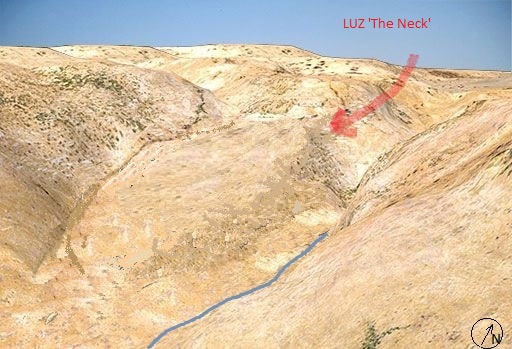
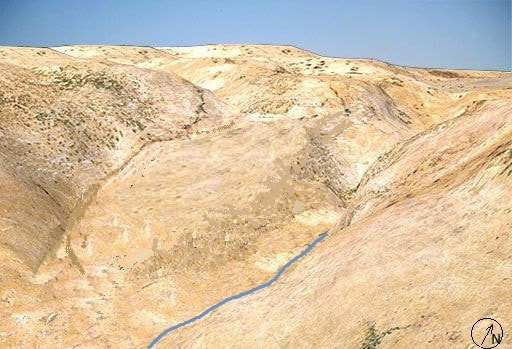
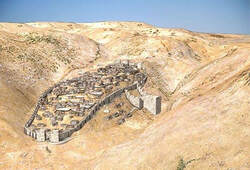
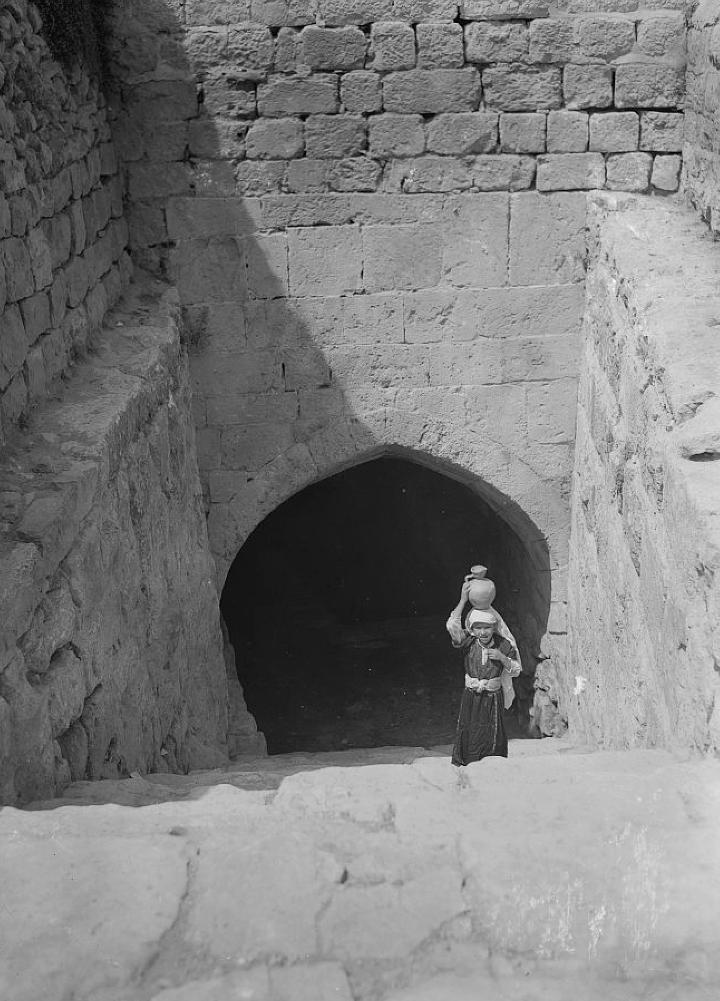
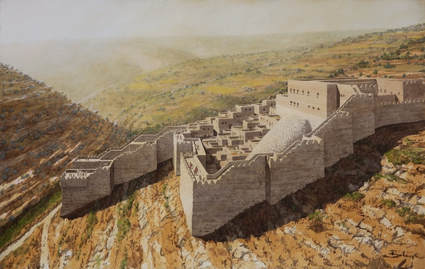
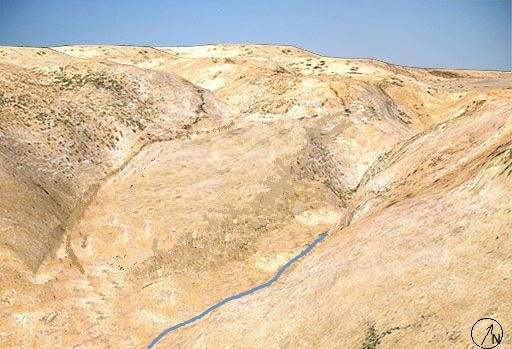
 RSS Feed
RSS Feed
